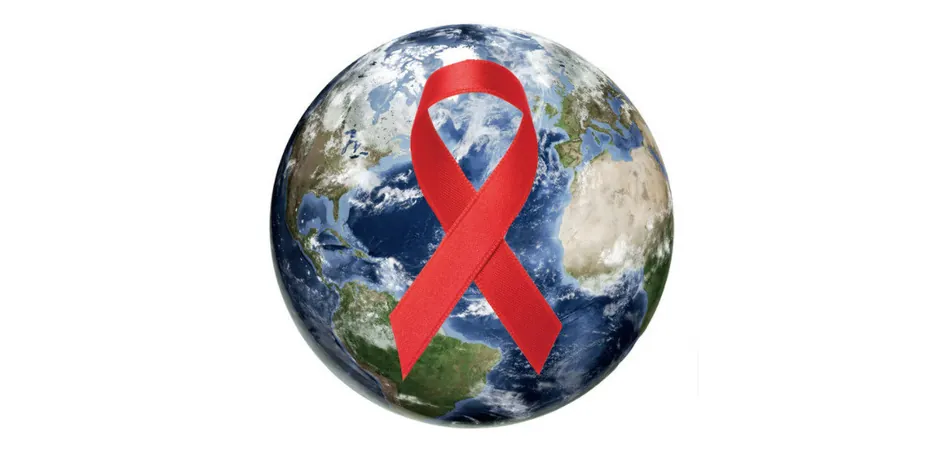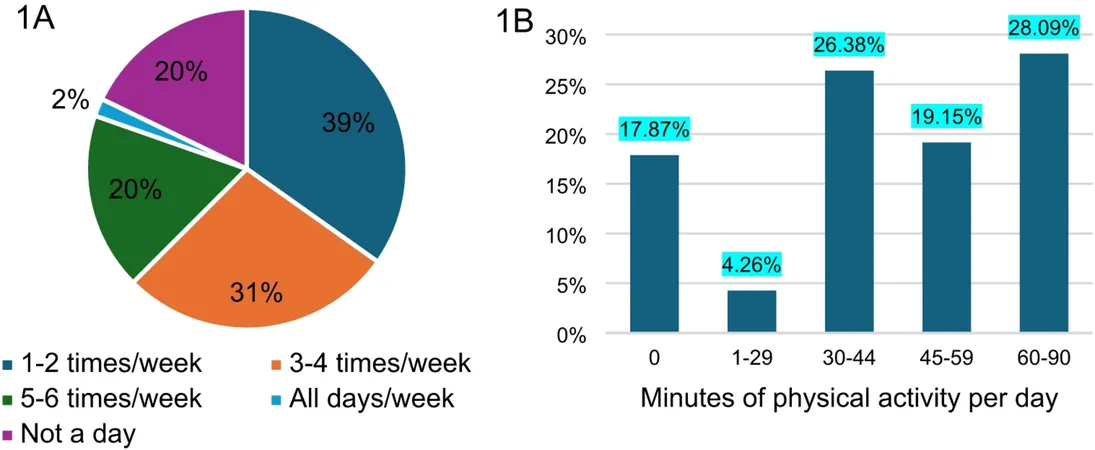
Funding Cuts Could Spell Disaster for Global HIV Response: Urgent Action Needed!
2025-03-31
Author: Arjun
A startling new study published by The Lancet HIV, conducted by the Burnet Institute in collaboration with the World Health Organization (WHO), reveals shocking potential consequences if international funding for HIV programs is cut. The report emphasizes an alarming need for consistent financial support to avert a looming crisis that could see millions of new HIV infections and preventable deaths.
Analyzing data from 26 different countries, the research predicts that a decline in international funding could unleash between 4.43 to 10.75 million additional HIV infections by 2030. This grim forecast includes an overwhelming estimate of up to 880,000 infections among children. Moreover, the report highlights the death toll associated with this scenario: between 770,000 to 2.93 million individuals could die from HIV-related causes, with as many as 120,000 of those being children.
Particularly at risk are low- and middle-income countries, especially in sub-Saharan Africa, where tremendous advancements in HIV treatment and prevention have been made over the years. The potential rollback of these gains could have devastating impacts on health systems struggling to cope with the ongoing pandemic.
Dr. Meg Doherty, Director of WHO’s Global HIV, Hepatitis and Sexually Transmitted Infections Programs, stressed the necessity of international cooperation and financial commitment to uphold the progress made in HIV prevention and treatment. “This study serves as a wake-up call that our collective efforts in combating HIV are at a precarious juncture,” she remarked. “Without sustained investments, we risk undoing the advancements achieved and the lives saved through innovative healthcare solutions.”
The implications of funding cuts extend beyond just treatment: the study identifies that a halt in HIV treatment could trigger a rapid surge in HIV viral load and a significant decline in patients’ immune functions, increasing the risk of transmission and accelerating the onset of advanced HIV disease.
In scenarios where funding is cut and treatment efforts are disrupted, research indicates that even timely mitigation efforts may not prevent an additional 4.4 million new infections if treatment resumes within two years. Furthermore, if funds were reallocated from prevention and testing programs to maintain treatment for current patients, the altered funding dynamic could yield another 1.7 million new infections by 2030.
Since 2015, international donors have contributed approximately 40% of all HIV funding in low- and middle-income nations. Programs such as PEPFAR and The Global Fund to Fight AIDS, Tuberculosis, and Malaria have been critical in ensuring the necessary financial and technical support to expand HIV services globally.
The study also highlights troubling disruptions in HIV services due to funding woes, including workforce shortages and supply chain issues, which pose greater barriers to access for treatment and prevention services. Dr. Doherty noted, “Innovative financing strategies led by countries and the integration of HIV services into broader health systems are essential for sustaining progress and preventing avoidable tragedies.”
The WHO remains dedicated to empowering national governments and local communities to navigate shifting donor support and protect the health of the most vulnerable populations. By bolstering the foundations of national health systems, the global community can strive to maintain vital services and work towards achieving lasting stability in healthcare.
As the world grapples with the implications of funding cuts, the call for action has never been more urgent. If we don’t act now, we risk erasing years of progress in the fight against HIV – a truth we cannot afford to ignore!



 Brasil (PT)
Brasil (PT)
 Canada (EN)
Canada (EN)
 Chile (ES)
Chile (ES)
 Česko (CS)
Česko (CS)
 대한민국 (KO)
대한민국 (KO)
 España (ES)
España (ES)
 France (FR)
France (FR)
 Hong Kong (EN)
Hong Kong (EN)
 Italia (IT)
Italia (IT)
 日本 (JA)
日本 (JA)
 Magyarország (HU)
Magyarország (HU)
 Norge (NO)
Norge (NO)
 Polska (PL)
Polska (PL)
 Schweiz (DE)
Schweiz (DE)
 Singapore (EN)
Singapore (EN)
 Sverige (SV)
Sverige (SV)
 Suomi (FI)
Suomi (FI)
 Türkiye (TR)
Türkiye (TR)
 الإمارات العربية المتحدة (AR)
الإمارات العربية المتحدة (AR)